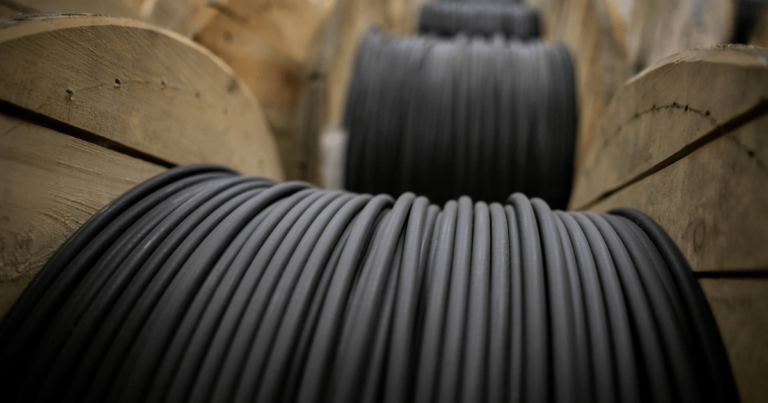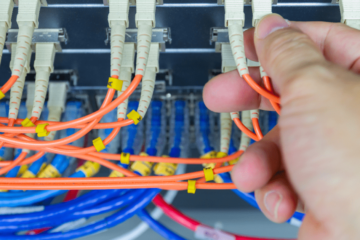
When it comes to installing cables in the outside or underground environment, there are several types of construction of the outdoor cable and characteristics that should be considered.
Selecting the correct outdoor cable
The outdoor cable is built to resist to different environmental and mechanical conditions. Starting with a simple jacket that protects the cable from water and direct sunlight and evolving to an anti-ballistic structure.
Most outdoor cables use as the first layer of protection, a semi-rigid loose tube surrounding the fibers. This loose tube allows the cable to stretch due to installation, temperature changes or any other situation where the cable is put under stress. This loose tube can also be filled with a water blocking gel and with a water blocking wrap.
In the center of the cable, it is used a non-metallic strength member, surrounded by all the loose tubes.
After this basic protection, the construction of the cable depends on the environment where it will be deployed.
Types of protection in outdoor cables
Rodents protection
Termites and rodents are a big problem in most cable paths. So, to protect the cable, it is possible to add a steel tape that is very effective against rodents however, it can absorb electromagnetic energy that can cause discharges when handling the cable.
Another option is to add a woven fiberglass tape, that releases glass particles that stick to the rodents mouth pushing them away.
Mechanical protection
Some environmental conditions need extra mechanical protection, like when the cable is meant to be directly buried. This protection can be a steel armor or a dielectric armor, depending on the electromagnetic field around the cable but both types prevent damage from heavy machinery or digging.
Self-supported cables
Used to support itself between poles or structures. It can be an ADSS cable (All-Dielectric self-supported), that can be used along with power lines and doesn’t need a ground connection. If the electromagnetic field is not a problem, a Figure 8 cable can be used (a steel cable for support and the fiber cable attached).
If you opt for the OPGW (optical ground wire) cable, know that it can be used to conduct electricity up to 220KV and it’s normally used in power lines for grounding and communications.
Underwater cables
Underwater cables use several layers of mechanical protection like aluminum or steel armor, several layers of PE (polyethylene) or PP (polypropylene), and several cable fillings compounds to block the water. It all depends in how deep we want to deploy the cable.
Evaluating the outdoor cable needed
There are several choices to make when choosing an outdoor fiber cable, which means there is a solution for every situation.
What is needed is to correctly evaluate the local where the cable will be installed and define the conditions that this cable will live in.
Will it have to resist to rodents? How tough does it need to be? Will it have to be submerged? How deep? Will it be suspended? At what distance? Does It have electrical power lines capable to produce an electromagnetic field?
With all this considered, it’s easy to choose the right protections and consequently the right outdoor cable.
Related articles: Fiber Optic Cables Types and Count – Selecting the Best Option for You










